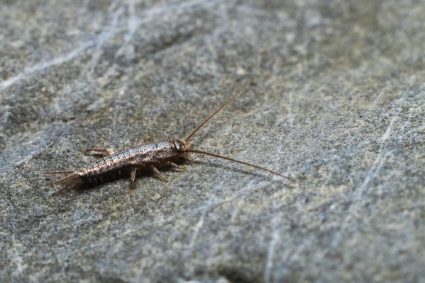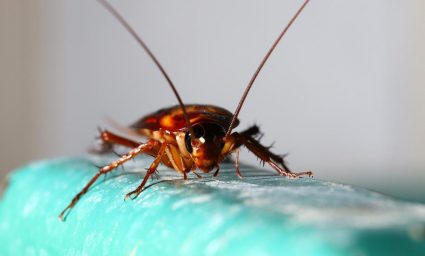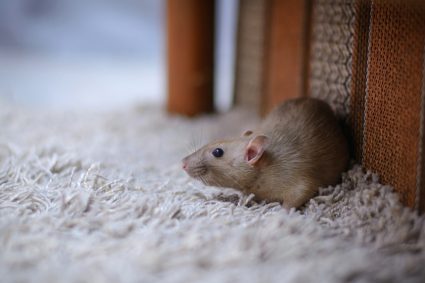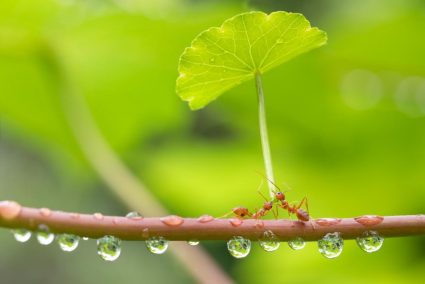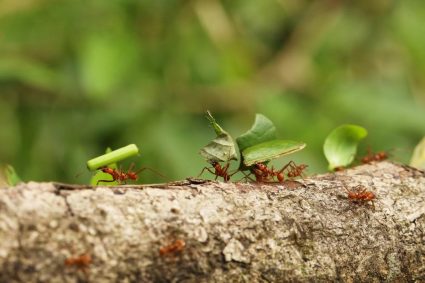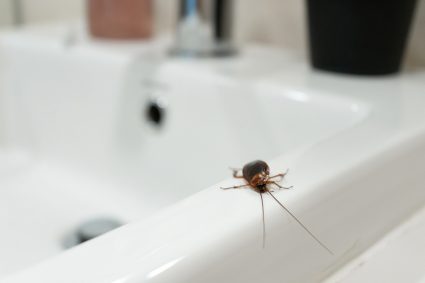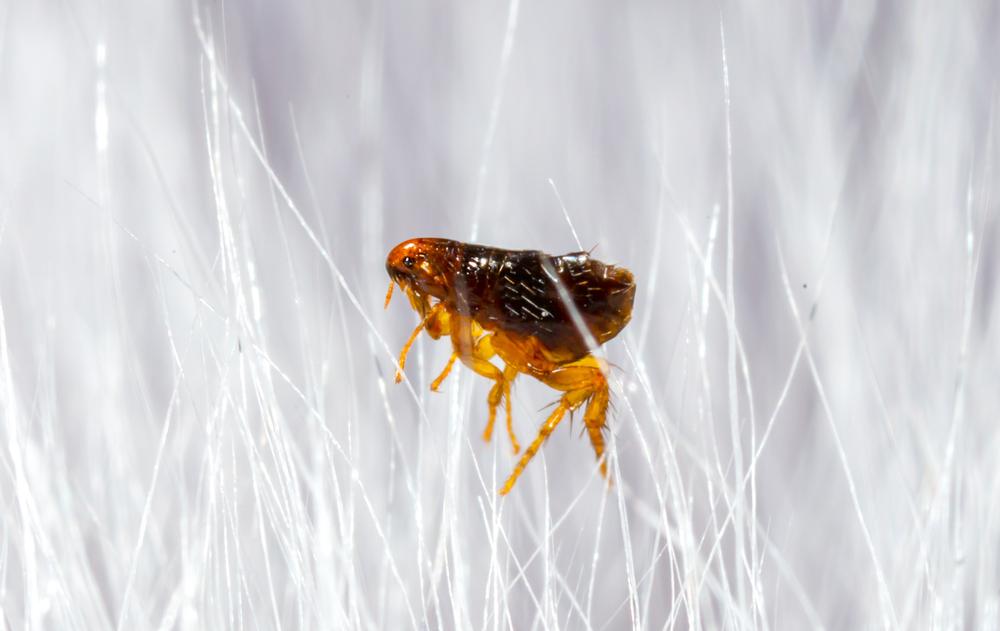
Fleas are a common concern for pet owners and those living in warm, humid climates. These small, wingless parasites can infest your home, causing discomfort and potential health issues for your pets and even you. But where exactly are fleas located? This article will give you an in-depth look into where fleas can be found, how they infest different environments, and what you can do to control them.
Fleas are found worldwide, thriving in warm, humid climates. Outdoors, they are attracted to areas with tall grass, leaf litter, and sandy patches, while indoors they typically infest carpets, pet beds, and upholstered furniture. Fleas are most common on pets such as dogs and cats, but can also live on other warm-blooded animals. They are most active during the warmer months of the year, but can pose a threat year-round.
Flea Habitats: Indoors and Outdoors
Fleas thrive in warm and humid climates. Outdoors, they are attracted to areas with tall grass, leaf litter, weeds, wood piles, gravelly areas, and sandy patches. They do not fare well in sunny areas or open grass. Areas underneath a porch or deck can turn into an overwintering site for fleas.
Indoors, fleas typically enter homes attached to pets. Carpets, bedding, pet beds, and upholstered furniture make cozy homes for fleas, flea eggs, and flea larvae. Flea larvae avoid light, so these darker, humid areas are perfect for them.
Fleas Around the World
Fleas are found worldwide, with the most common species being the cat flea, Ctenocephalides felis. In the United States, fleas are particularly prevalent in warm and humid states like Arkansas, Florida, South Carolina, Alabama, and Oregon. In Europe, Ctenocephalides felis is the most common dog and cat flea, widely distributed across the continent.
Flea Season: When Are Fleas Most Active?
Fleas are most commonly found during the warmer months of the year, typically from March to September. However, in warmer climates like the southern and western parts of the United States, fleas can be prevalent all year round. Despite this, fleas can pose a threat to pets year-round, so it’s recommended to use preventive medication even in the winter months.
Fleas and Pets: A Close Relationship
Fleas are parasites that rely on a host for survival. They can live on any warm-blooded animal, but they seem to prefer to live on humans, cats, dogs, opossums, rats, and other rodents. Fleas can also infest wild animals like raccoons, opossums, and foxes, which can affect pets in the yard.
Controlling Fleas
To control flea infestations, it’s important to treat both the adult fleas on your pet and the immature fleas and eggs in the environment. This can involve using topical spot-on treatments, oral medications, flea collars, and chemical sprays for the house. Regular vacuuming and deep cleaning can also help control the infestation.
In conclusion, fleas can be found in a variety of environments, both indoors and outdoors, and on a variety of hosts. They are most prevalent in warm, humid climates and on pets such as dogs and cats. However, with regular preventive measures and treatment, fleas can be controlled effectively.
Frequently Asked Questions
What are the health risks associated with flea infestations?
Fleas can cause several health issues. They are known to transmit diseases like plague and tularemia, and can also cause allergic reactions in pets and humans due to their bites. Pets infested with fleas may develop flea allergy dermatitis, a skin condition that causes intense itching and scratching.
How can I tell if my pet has fleas?
Common signs of flea infestation in pets include excessive scratching, licking or biting at the skin, hair loss, and red or irritated skin. You may also notice flea dirt, which looks like small black specks, in your pet’s coat or bedding.
Can fleas survive without a host?
Fleas can live for up to a week without a host. However, female fleas need a blood meal to produce eggs, so they are generally found on a host.
Are there natural ways to control fleas?
Yes, there are several natural methods to control fleas. These include using flea combs to remove adult fleas from your pet’s coat, washing pet bedding regularly in hot water, and using natural flea repellents like citrus peel or rosemary. However, these methods may not be as effective as chemical treatments.
What is the life cycle of a flea?
The flea life cycle consists of four stages: egg, larva, pupa, and adult. The whole process can take anywhere from two weeks to eight months, depending on the conditions. Fleas prefer warm, humid conditions, so the life cycle is faster in such environments.

